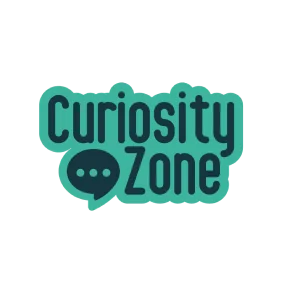Getting From Good to Great
Choose to be Great
Need a blueprint for how to build and evaluate a great organization? You’ll find one in Good to Great and the Social Sectors: Why Business Thinking is Not the Answer from top management consultant Jim Collins. In just 35 pages, Collins applies his business savvy to the social sector’s unique challenges. His advice? Community organizations don’t need to copy a business model; they must establish a management model. Read on for his recommendations:
- “Our challenge is not making the social sector more like the business sector; it’s how to elevate ALL sectors from good to great.”
- “Measure social sector greatness by mission impact.”
- “Find the best way to review your results regularly and track your progress.”
- “Greatness is not a destination; it’s a journey.”
- “The social sectors typically work within diffuse power structures (legislative leadership). Business sectors usually work within concentrated power structures (executive leadership). The most effective leaders will likely combine the skills of both styles.”
- “Real leadership happens when people choose to follow you.”
- “Focus first on getting the right people in the right places. Use assessments to select only those candidates who are self-driven, disciplined, and committed to your mission.”
- “People are the social sector’s top resource.”
- “Money alone won’t attract the right people. People who work in the social sectors value meaning over money.”
- “The whole purpose of the social sectors is to meet social objectives, human needs, and national priorities that cannot be priced at a profit.”
- “Achieve maximum impact by having a great organization—not one great program.”
- “Build a great reputation for your brand so that potential donors not only believe in your vision but in your ability to achieve it.”
- “Your choices, not your situation, determine greatness.”
The Generosity Challenge
What does this management advice have to do with generosity planning? We believe it solves a key challenge for both donors and organizations:
- Donors: Prospective donors often sit on the sidelines because they don’t know which organizations deserve their contributions. It is not enough to talk to them about the impact of an organization’s programs; they need to understand how the organization operates to determine whether they are getting a good return on their investment.
- Organizations: Social service organizations must constantly justify their existence. One of the best ways to do this is to be well-run. When leaders and their teams use an organizational operating system of tools and processes to get results, they demonstrate their efficiency, effectiveness, and sustainability.
By providing ways to achieve and measure greatness, this valuable guide helps donors and organizations invest wisely in the future.
Source
Jim Collins, Good to Great and the Social Sectors: Why Business Thinking is Not the Answer (New York: HarperCollins, 2005), pages 5, 8-9, 11-16, 19, 25, 31.


